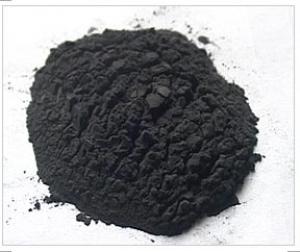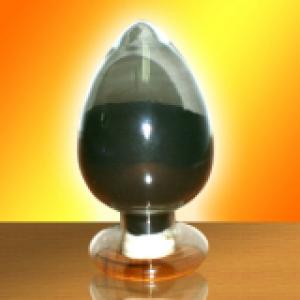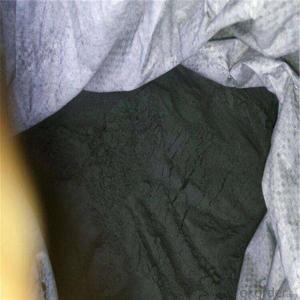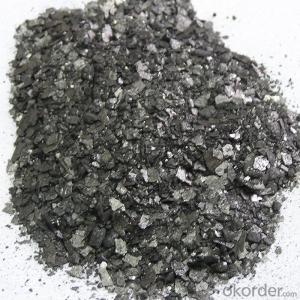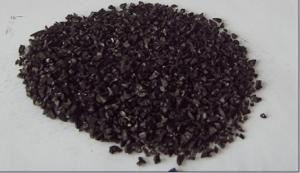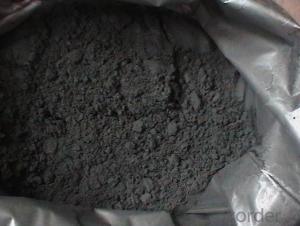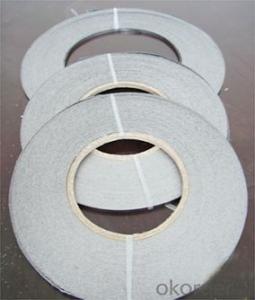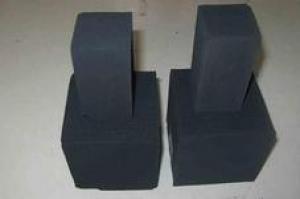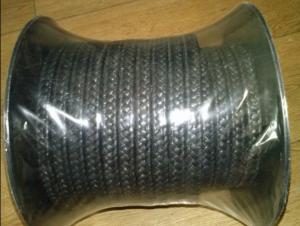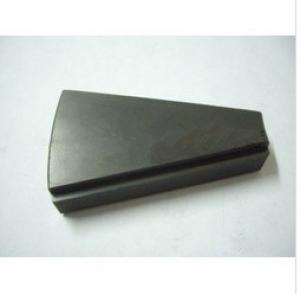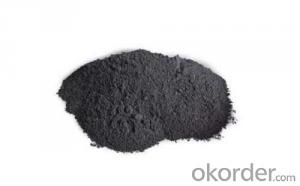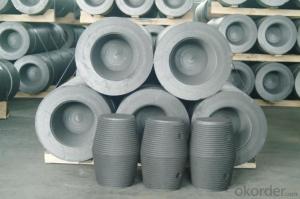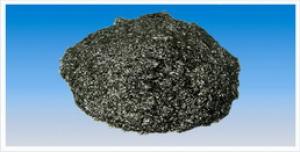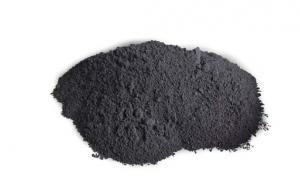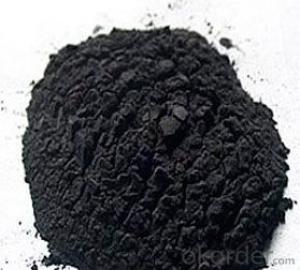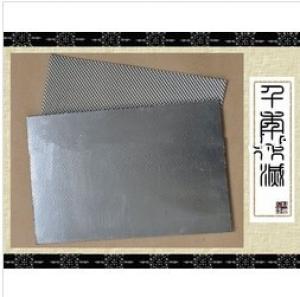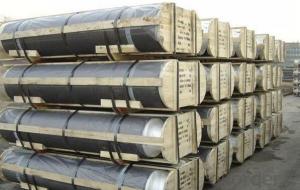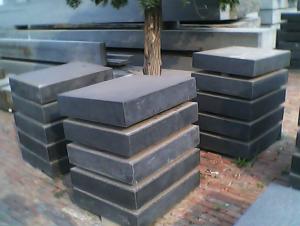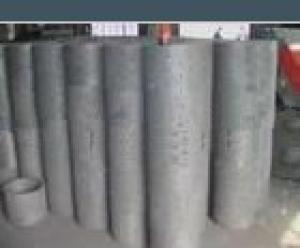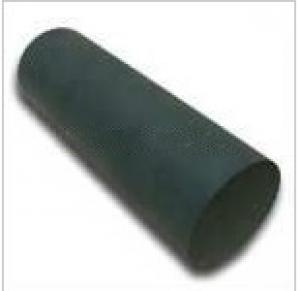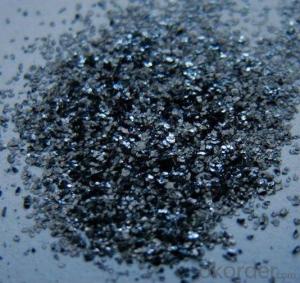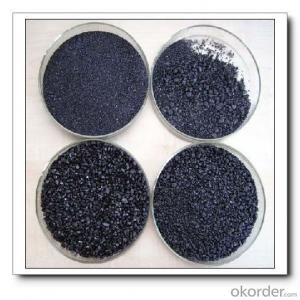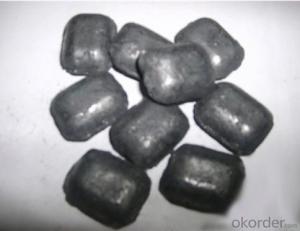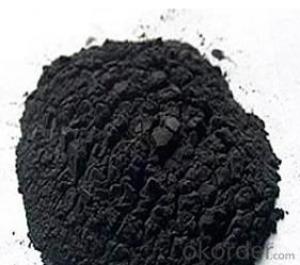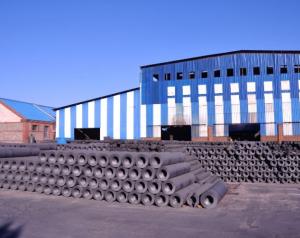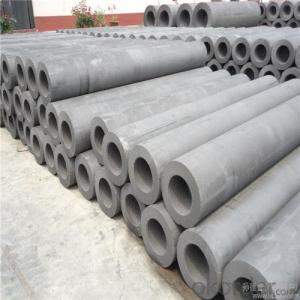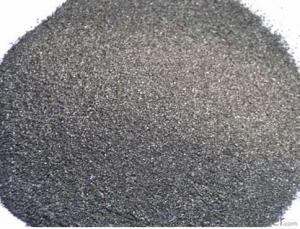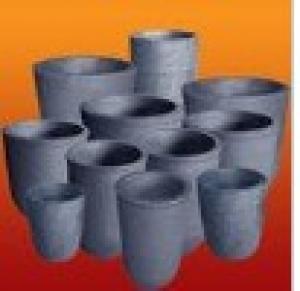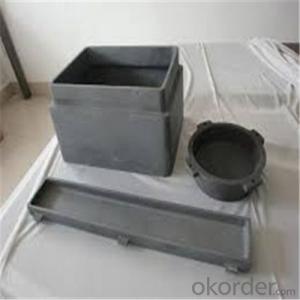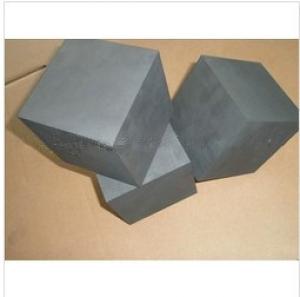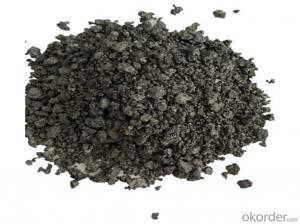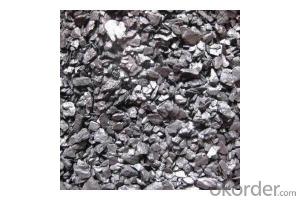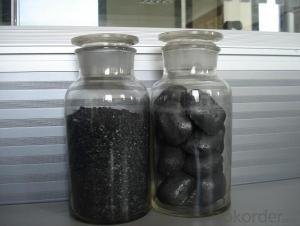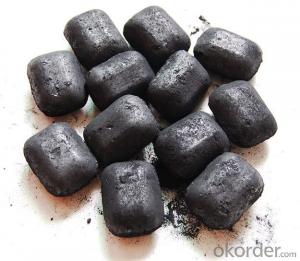Graphite Colloidal
Graphite Colloidal Related Searches
Graphite Corrosion Resistance Lead Graphite Compacted Graphite Iron Carbon Graphite Electrode Carbon Graphite Block Natural Flake Graphite Graphite In Cast Iron Chemical Property Of Graphite Acheson Graphite Flake Graphite Cast Iron Triaxial Geogrid Composite Geogrid Multiaxial Geogrid Uniaxial Geogrid Biaxial Polypropylene Geogrid Graphite Crucible For Melting Aluminium Polypropylene Biaxial Geogrid Biaxial Integral Geogrid Composite Grp Geogrid Uniaxial Composite Geogrid Machine Multi Axial Geogrid Structural Geogrid Vegetated Geogrid Extruded Geogrid Synthetic Geogrid Biaxial Plastic Geogrid Polypropylene Geogrid Biaxial Geogrid Near Me Bidirectional GeogridGraphite Colloidal Supplier & Manufacturer from China
Graphite Colloidal is a unique product that comprises finely divided graphite particles suspended in a liquid medium. These particles are known for their excellent electrical conductivity and lubricating properties, making them suitable for a wide range of applications. The product is particularly useful in various industrial settings where its properties can be harnessed to improve performance and efficiency.Graphite Colloidal finds its application in numerous scenarios, such as in the manufacturing of batteries, where it enhances the conductivity of electrodes, or in the automotive industry, where it serves as a lubricant to reduce friction and wear on engine components. Additionally, it is used in the production of certain types of paints and coatings that require anti-corrosion and conductive properties. Its versatility makes it a valuable asset in many industries, and its usage can lead to significant improvements in product performance and lifespan.
As a leading wholesale supplier, Okorder.com offers Graphite Colloidal with a large inventory to cater to the diverse needs of customers across different sectors. The company's commitment to providing high-quality products and excellent customer service ensures that clients receive the best possible experience when sourcing Graphite Colloidal for their applications.
Hot Products
